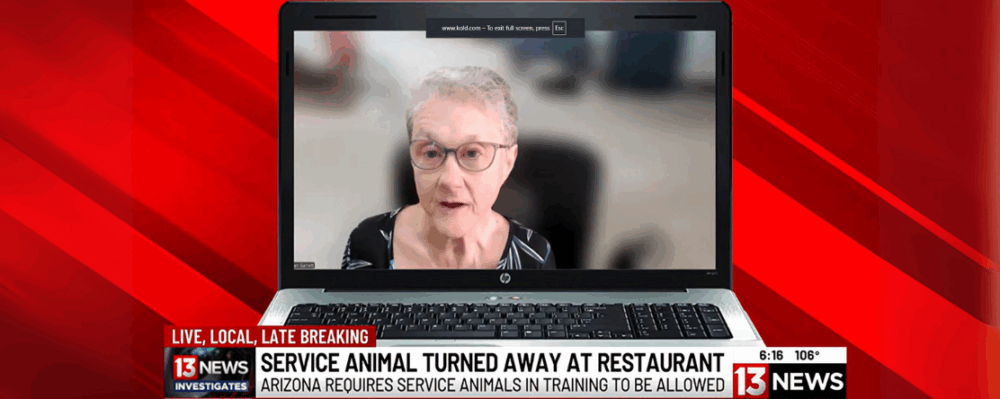
Statement
California to Use PHI’s HPI Tool in Creating COVID Equity Metric: PHI Statement
-
Focus Areas
Communicable Disease Prevention, Data, Technology & Innovation, Health Care & Population Health, Healthy Communities -
Programs
Healthy Places Index (HPI), Public Health Alliance of Southern California -
Strategic Initiatives
COVID-19
Statement from Mary A. Pittman, DrPH, CEO and President, Public Health Institute
“The State of California took an important step this week in acknowledging the disproportionate impact of COVID-19 in Black, Latinx, Native Hawaiian and Pacific Islander and Indigenous communities by introducing a health equity metric into its COVID-19 reopening measurements. The metric will measure test positivity rates across neighborhoods within a county. Where pockets of high COVID-19 rates exist in communities with fewer opportunities for health, a county will need to submit a plan for directing support, funding and resources to those areas as part of their reopening process.
“The State will use the California Healthy Places Index (HPI) tool, created by the Public Health Institute’s Public Health Alliance of Southern California, as part of its new Blueprint Health Equity Metric. The HPI is a mapping tool visualizing the cumulative impact of community conditions on life expectancy at birth for nearly every neighborhood in California. The State’s Blueprint Health Equity Metric looks at the test positivity rate in a county’s neighborhoods with the least opportunities for health, as defined by the HPI, compared to overall county testing rates.
“The health disparities identified by the HPI tool often stem from historical racism, including redlining in housing markets, education and employment discrimination, and racial bias in many other areas. These policies and practices create some of the conditions—overcrowded housing, greater exposure to pollution and toxic chemicals, higher levels of childhood and everyday stress, and others—that put people of color at greater risk for coronavirus and for the underlying health problems that make the virus more deadly.
“We can’t dismantle the systemic conditions overnight that put communities of color at risk. But, together, we can make immediate changes, like free, fast and accessible testing, information on isolation and quarantine for people in shared housing, trustworthy information in someone’s primary language, and food, rent and job support so people can safely self-isolate, that will help communities protect themselves, their families and their neighbors. Since April, PHI has been working across the West Coast to end the COVID-19 pandemic, working in and with communities most at risk, connecting people with information and needed resources, and creating a multi-lingual workforce that builds jobs and better healthcare longterm. We are proud to continue our partnerships with the State of California, local health departments, community-based organizations, and communities in this work.”
More Updates
Work With Us
You change the world. We do the rest. Explore fiscal sponsorship at PHI.
Support Us
Together, we can accelerate our response to public health’s most critical issues.
Find Employment
Begin your career at the Public Health Institute.



